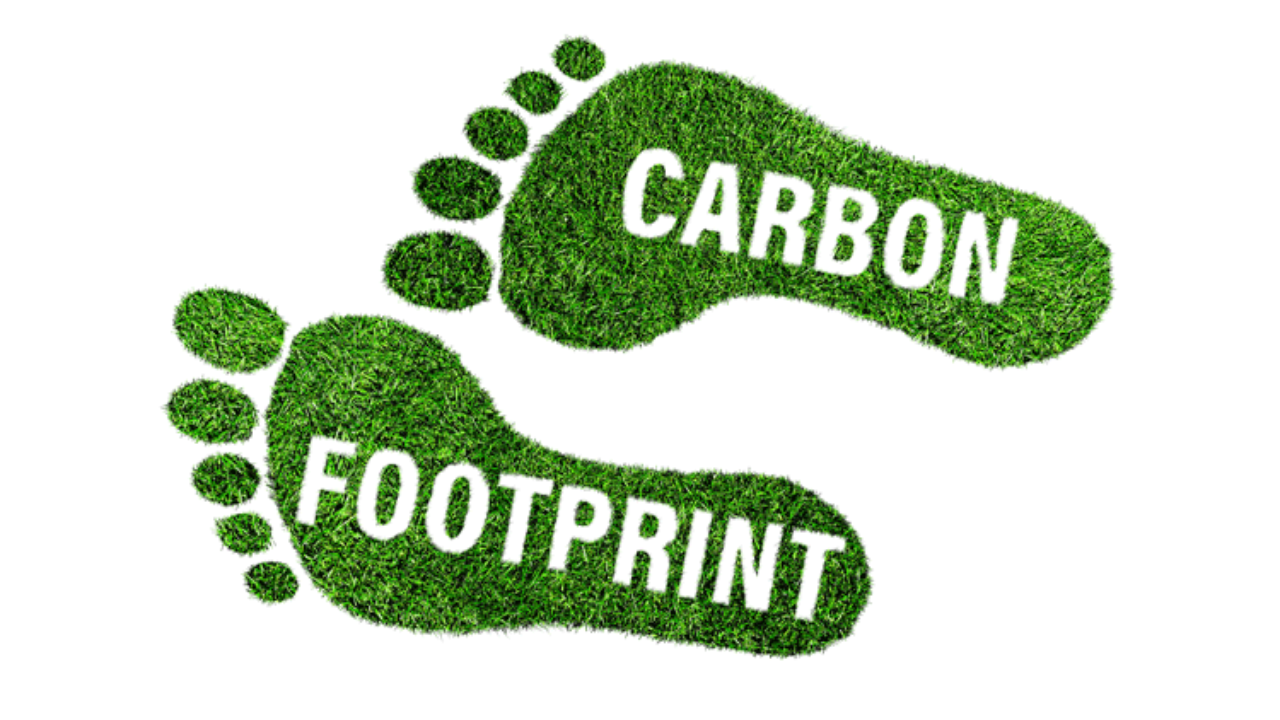
Power washing has long been associated with powerful engines, loud machines, and the smell of gas fumes—but as environmental awareness grows, so does the need to understand the carbon footprint of the equipment we use. From small residential jobs to large commercial cleanups, the type of power washer you choose can make a huge difference in terms of emissions, fuel usage, and sustainability. 🌍💨
This article breaks down the environmental impact of gas, electric, and solar-powered pressure washers to help you make smarter, greener choices for your cleaning needs.
🧼 What Is a “Carbon Footprint” in Power Washing?
Your carbon footprint refers to the total greenhouse gases (mainly CO₂) generated by your actions or equipment. In power washing, the biggest contributors include:
- Fuel consumption (gasoline or diesel)
- Electricity usage (depending on energy source)
- Manufacturing emissions (materials, shipping)
- Lifecycle emissions (maintenance and disposal)
When choosing between machines, it’s important to consider not just power output, but the emissions tied to how they’re powered.
🛢️ Gas-Powered Pressure Washers: High Power, High Emissions
🔋 How They Work:
Gas-powered washers use internal combustion engines to power both the water pump and, in some cases, heating elements (in hot-water models). They’re widely used for:
- Construction and industrial sites
- Driveways and commercial lots
- Remote areas without electricity
🌫️ Environmental Impact:
- CO₂ emissions: Most models emit 1–2 lbs of CO₂ per hour
- Other pollutants: Includes nitrogen oxides (NOx), hydrocarbons, and carbon monoxide
- Noise pollution: High decibel levels disturb wildlife and neighborhoods
- Fuel transport impact: Emissions also come from refining, shipping, and storing gasoline
🔴 Drawback: Most gas models lack emission controls, unlike cars or trucks—so their per-hour emissions are significantly higher than expected.
🔌 Electric Pressure Washers: Cleaner, But Not Always Green
🔋 How They Work:
Electric washers are powered by plugging into an electrical outlet. They are typically:
- Used for home and light commercial jobs
- More compact and quieter than gas models
- Easier to start and maintain
🌍 Environmental Impact:
- Zero on-site emissions: No CO₂ released at the location
- Upstream emissions: Depends on the power grid’s source:
- Coal-based grid = high emissions
- Renewable-heavy grid = low emissions
- Lower operational carbon footprint: ~70–90% lower than gas, depending on power mix
- Less noise: Lower decibel levels are safer for people and animals 🐶🔇
🟡 Gray Area: If you’re in a region where electricity comes from coal-fired plants, the electric model still contributes to carbon emissions indirectly.
☀️ Solar-Powered Pressure Washers: The Cleanest Option?
🔋 How They Work:
Solar-powered washers either:
- Use built-in solar panels to charge a battery
- Connect to a separate solar generator
- Rely on stored solar power from an off-grid or home solar setup
They are still emerging in the market and best suited for:
- Off-grid locations
- Eco-conscious small businesses
- Residential use where time is flexible
🌿 Environmental Impact:
- Zero emissions during operation
- No fuel transport or combustion
- Fully renewable if grid-tied to solar or battery bank
- Quiet and sustainable
🟢 Best Choice for the Environment—but not yet scalable for all commercial needs due to limited pressure (typically under 2,000 PSI) and shorter run times.
Browse Amazon Here For Eco-Friendly Pressure Washing Detergents
⚖️ Head-to-Head Comparison
| Feature | Gas | Electric | Solar |
|---|---|---|---|
| On-site CO₂ Emissions | High | None | None |
| Noise Level | Loud | Moderate | Very quiet |
| Maintenance | High (oil, fuel) | Low | Very low |
| Power Output (PSI) | 3,000+ | 1,200–2,300 | <2,000 |
| Portability | Moderate | High | Limited by battery |
| Grid Dependency | None | Yes | No (if off-grid) |
| Best Use Case | Heavy-duty jobs | Residential/light commercial | Eco-conscious residential |
💡 How to Reduce Your Carbon Footprint—No Matter the Machine
Even if you’re not ready to invest in solar equipment, there are several ways to reduce your environmental impact when using any pressure washer:
1. Wash Less Frequently
Only clean when necessary—avoid over-washing for aesthetics. Every unnecessary session equals wasted energy and emissions.
2. Use Cold Water
Heating water adds to the carbon footprint. For most cleaning jobs, cold water with biodegradable soap is sufficient.
3. Choose Renewable-Powered Outlets
If using an electric washer, power it through solar panels or a renewable energy plan if available in your area.
4. Maintain Your Machine
Dirty spark plugs, worn seals, or clogged filters force engines to work harder—burning more fuel or electricity.
5. Buy Smart, Not Big
Avoid buying oversized equipment for small jobs. Choose the right PSI and GPM for your actual needs to save on energy.
🧠 Final Thoughts
The choice of equipment makes a huge difference in the carbon footprint of power washing. While gas-powered models may offer brute strength, they come with a high environmental cost. Electric models are a cleaner, quieter alternative—and when powered by renewables, they’re nearly as green as solar.
For property owners, contractors, and environmentally-conscious consumers, now is the time to shift toward lower-impact cleaning technologies. Not only will this reduce your emissions, but it sends a clear message that sustainability and cleanliness can go hand in hand. ♻️⚡
Browse Amazon Here For Eco-Friendly Pressure Washing Detergents






